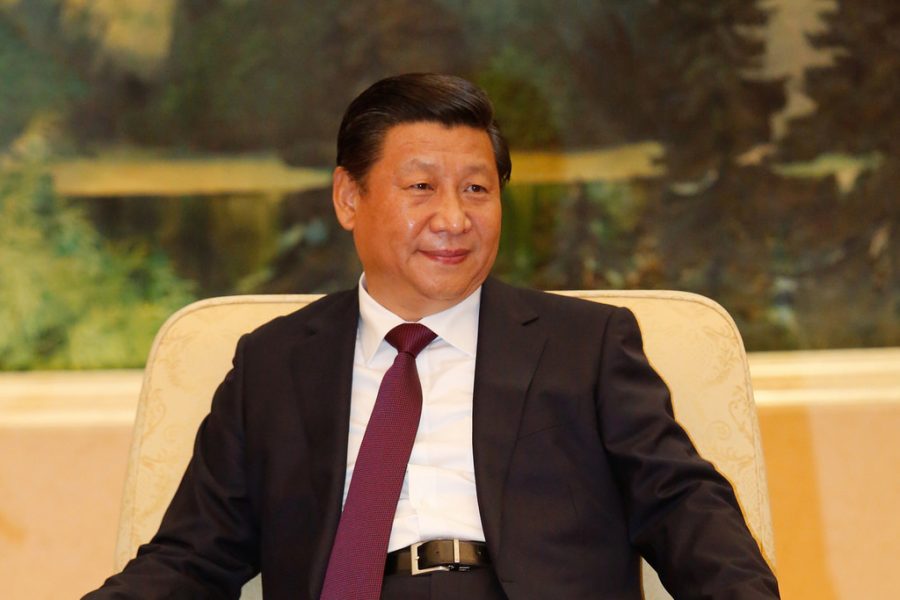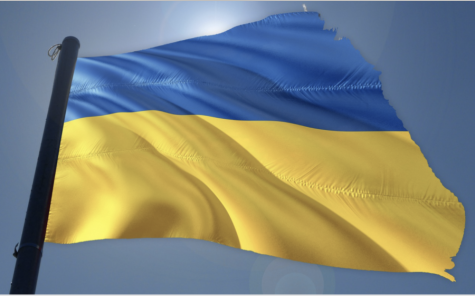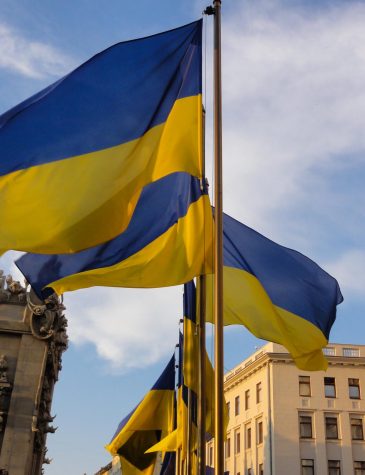Xi Jinping’s Consolidation of Power
Xi Jinping, the president of the world’s most populous country, has begun his second five-year term after cementing his grip on the Chinese Communist Party apparatus. During President Jinping’s first term, he maintained the Chinese economy’s steady growth with policies focused on alleviating poverty and social development; he was also instrumental in updating and expanding China’s military forces. Xi Jinping currently holds the highest seat in the Chinese Politburo.
The Chinese Politburo is similar to the British Prime Minister’s cabinet and is composed of 24 members; however, within the Politburo, the real power is wielded by the Standing Committee, composed of five to nine senior party officials including President Jinping, a member of the group since October 2007. Members of the Politburo Standing Committee are elected by the Central Committee of the Communist Party of China, where Xi Jinping also holds the highest ranking seat.
Since President Jinping holds the highest seats in China’s two most powerful political groups, he has immense say over the Communist Party’s every move and policy decision. This power has allowed Xi to appoint several new members to the board of the Chinese Politburo. At the unveiling of China’s current Politburo, he walked out onto the stage with Wang Hunnig, Zhao Leji, Wang Yang, Li Zhanshu, and Han Zheng, all of whom are over 60 years old, thus making them ineligible to succeed Xi at the end of his term in 2022.
Xi’s power move begs the question: will he relinquish power after his second term, and if so, to whom? With the newly minted Politburo not having an heir apparent, however, the suggestion is that Xi Jinping is not planning on relinquishing power anytime soon.
Sources: BBC, The Guardian
Photo Source: Flickr

Connor Norris is a student at Pine Crest in the class of 2021. He has been writing articles since middle school where he created the middle school student...
































![Stranger Things 4: What to Expect [Warning: Contains Spoilers]](https://pcpawprint.com/wp-content/uploads/2021/11/StrangerThings4-900x473.jpeg)




























































